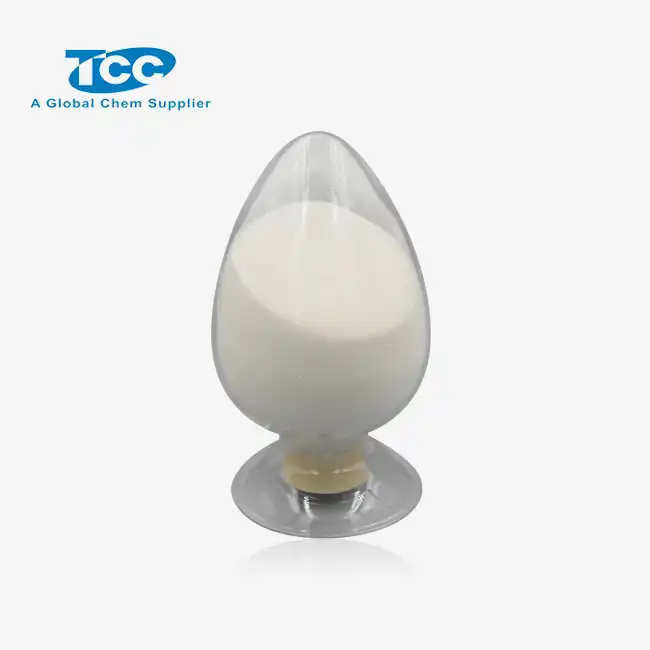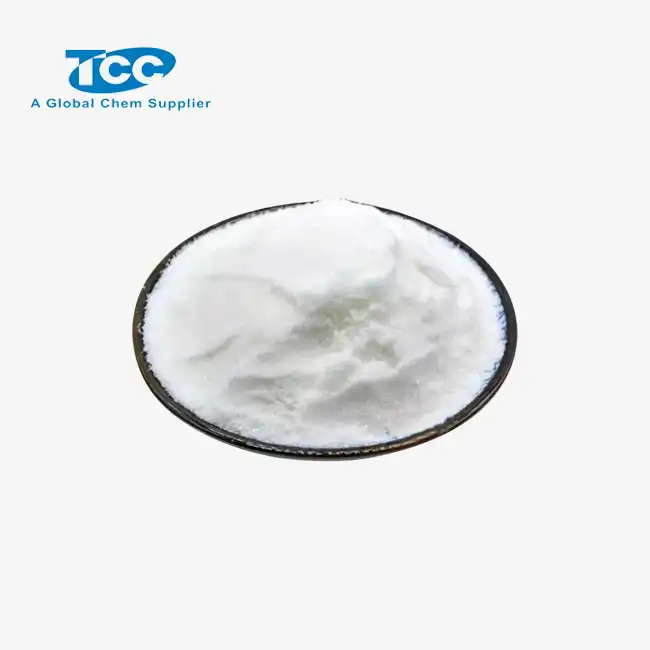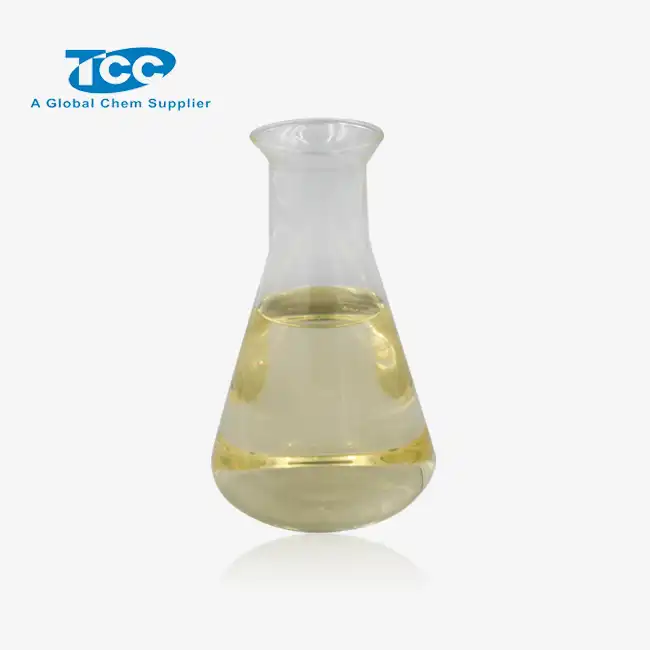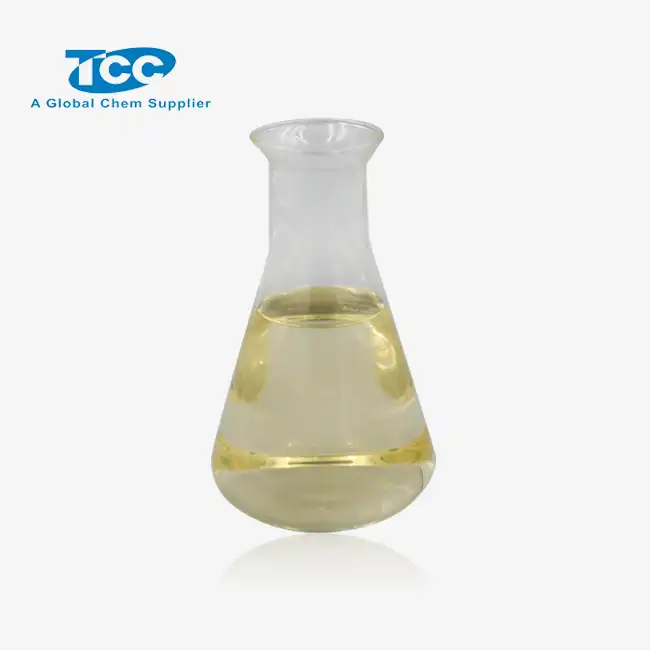- English
- French
- German
- Portuguese
- Spanish
- Russian
- Japanese
- Korean
- Arabic
- Greek
- German
- Turkish
- Italian
- Danish
- Romanian
- Indonesian
- Czech
- Afrikaans
- Swedish
- Polish
- Basque
- Catalan
- Esperanto
- Hindi
- Lao
- Albanian
- Amharic
- Armenian
- Azerbaijani
- Belarusian
- Bengali
- Bosnian
- Bulgarian
- Cebuano
- Chichewa
- Corsican
- Croatian
- Dutch
- Estonian
- Filipino
- Finnish
- Frisian
- Galician
- Georgian
- Gujarati
- Haitian
- Hausa
- Hawaiian
- Hebrew
- Hmong
- Hungarian
- Icelandic
- Igbo
- Javanese
- Kannada
- Kazakh
- Khmer
- Kurdish
- Kyrgyz
- Latin
- Latvian
- Lithuanian
- Luxembou..
- Macedonian
- Malagasy
- Malay
- Malayalam
- Maltese
- Maori
- Marathi
- Mongolian
- Burmese
- Nepali
- Norwegian
- Pashto
- Persian
- Punjabi
- Serbian
- Sesotho
- Sinhala
- Slovak
- Slovenian
- Somali
- Samoan
- Scots Gaelic
- Shona
- Sindhi
- Sundanese
- Swahili
- Tajik
- Tamil
- Telugu
- Thai
- Ukrainian
- Urdu
- Uzbek
- Vietnamese
- Welsh
- Xhosa
- Yiddish
- Yoruba
- Zulu
Can fluid loss additive FL310S reduce wellbore instability in shale formations?
Wellbore instability in shale formations has long been a significant challenge in the oil and gas industry, leading to costly drilling complications and reduced operational efficiency. As the search for effective solutions continues, the fluid loss additive FL310S has emerged as a promising candidate to address this persistent issue. This advanced chemical compound is designed to mitigate fluid loss and enhance wellbore stability, particularly in challenging shale environments. By creating a thin, impermeable filter cake on the wellbore walls, FL310S aims to prevent the ingress of drilling fluids into the formation, thereby maintaining wellbore integrity and reducing the risk of instability-related problems. This blog post will explore the potential of FL310S in tackling wellbore instability in shale formations, examining its mechanisms of action, effectiveness, and overall impact on drilling operations.
How does FL310S work to prevent fluid loss in shale formations?
What is the chemical composition of FL310S?
FL310S is a sophisticated fluid loss additive specifically engineered to address the challenges posed by shale formations. Its chemical composition is a carefully balanced blend of polymers, surfactants, and other proprietary ingredients. The primary components of FL310S include high-molecular-weight polymers that form a robust network structure, effectively bridging pore spaces in the formation. These polymers are complemented by specialized surfactants that enhance the additive's ability to coat and seal the wellbore surface. The unique formulation of FL310S also incorporates clay stabilizers, which help to prevent clay swelling and dispersion, a common issue in shale formations. This multi-faceted approach allows FL310S to create a thin, low-permeability filter cake that significantly reduces fluid loss while maintaining wellbore stability.
How does FL310S interact with shale formations?
The interaction between fluid loss additive FL310S and shale formations is a complex process that involves multiple mechanisms. When introduced into the drilling fluid, fluid loss additive FL310S rapidly disperses and begins to form a protective layer on the wellbore walls. As the drilling fluid comes into contact with the shale formation, the polymers in fluid loss additive FL310S start to bridge across the pore spaces, effectively sealing them off. Simultaneously, the surfactants in the additive work to reduce the surface tension between the drilling fluid and the formation, promoting better adhesion of the filter cake. This interaction helps to prevent the invasion of drilling fluids into the shale matrix, which is a primary cause of wellbore instability. Furthermore, the clay stabilizers in fluid loss additive FL310S interact with the clay minerals in the shale, inhibiting their hydration and expansion. This action is crucial in maintaining the integrity of the wellbore, as clay swelling can lead to sloughing and hole enlargement.
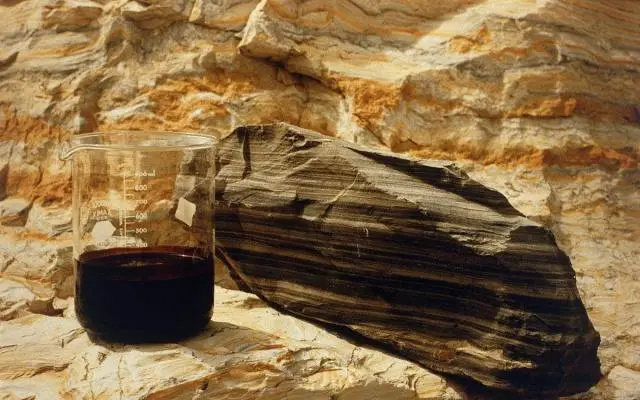
What are the key benefits of using FL310S in shale drilling operations?
The application of FL310S in shale drilling operations offers numerous benefits that contribute to improved wellbore stability and overall drilling performance. One of the primary advantages is the significant reduction in fluid loss to the formation. By creating an effective barrier between the drilling fluid and the shale, FL310S minimizes the amount of fluid that enters the formation, thereby maintaining wellbore pressure and stability. This reduction in fluid loss also leads to better preservation of the drilling fluid properties, reducing the need for frequent adjustments and additions. Another key benefit of FL310S is its ability to form a thin, yet strong filter cake. This characteristics is particularly important in shale formations, where thick filter cakes can lead to differential sticking and other drilling problems. The thin filter cake produced by FL310S helps to maintain gauge hole conditions, reducing the risk of stuck pipe incidents and improving overall drilling efficiency.

What factors influence the effectiveness of FL310S in reducing wellbore instability?
How does the concentration of FL310S affect its performance?
The concentration of FL310S in the drilling fluid plays a crucial role in determining its effectiveness in reducing wellbore instability. Generally, higher concentrations of FL310S lead to improved fluid loss control and enhanced wellbore stability. However, it's important to note that there is an optimal range for FL310S concentration, beyond which further increases may not yield significant benefits and could potentially lead to adverse effects. The ideal concentration of FL310S depends on various factors, including the specific characteristics of the shale formation, drilling fluid properties, and operational conditions. Laboratory testing and field trials are typically conducted to determine the most effective concentration for a given application. It's also worth noting that the concentration of FL310S may need to be adjusted during drilling operations to respond to changing downhole conditions and maintain optimal performance.
What role does drilling fluid composition play in FL310S effectiveness?
The composition of the drilling fluid in which fluid loss additive FL310S is used significantly influences its effectiveness in reducing wellbore instability. Fluid loss additive FL310S is designed to work synergistically with other components of the drilling fluid system, and its performance can be enhanced or hindered by the presence of certain additives. For example, the presence of appropriate bridging agents can complement the action of fluid loss additive FL310S, leading to improved filter cake quality and reduced fluid loss. Conversely, certain dispersants or thinners may interfere with the polymer network formation of fluid loss additive FL310S, potentially reducing its effectiveness. The pH of the drilling fluid also plays a crucial role, as fluid loss additive FL310S performs optimally within a specific pH range. Additionally, the salt content and type of base fluid (water-based, oil-based, or synthetic) can impact how fluid loss additive FL310S interacts with the shale formation and influences its overall performance in stabilizing the wellbore.
How do formation characteristics impact the performance of FL310S?
The specific characteristics of the shale formation have a significant impact on the performance of FL310S in reducing wellbore instability. Factors such as the mineralogy of the shale, its porosity and permeability, and the presence of natural fractures all play a role in determining how effectively FL310S can stabilize the wellbore. For instance, shales with high clay content may require higher concentrations of FL310S or additional clay stabilizers to prevent swelling and dispersion. The pore size distribution of the formation also affects how well FL310S can bridge and seal the pore spaces. In highly fractured formations, FL310S may need to be used in conjunction with lost circulation materials to effectively seal larger voids. The in-situ stress state of the formation and its reactivity with drilling fluids are other important considerations. Understanding these formation characteristics is crucial for optimizing the use of FL310S and achieving the best possible wellbore stability in shale formations.
How does FL310S compare to other fluid loss additives in shale formations?
What advantages does FL310S offer over traditional fluid loss additives?
FL310S offers several advantages over traditional fluid loss additives when used in shale formations. One of the key benefits is its superior ability to form a thin, low-permeability filter cake. Unlike some conventional additives that can create thick, permeable filter cakes, FL310S produces a thin barrier that effectively controls fluid loss without significantly reducing the wellbore diameter. This characteristic is particularly important in shale formations, where maintaining gauge hole conditions is crucial for successful drilling and completion operations. Additionally, FL310S demonstrates excellent thermal stability, maintaining its effectiveness even at high temperatures commonly encountered in deep shale formations. This thermal resistance ensures consistent performance throughout the drilling process, reducing the need for frequent additive replenishment. Furthermore, FL310S exhibits enhanced compatibility with a wide range of drilling fluid systems, including water-based, oil-based, and synthetic-based muds, providing greater flexibility in fluid design and optimization.
How does the cost-effectiveness of FL310S compare to alternative solutions?
When evaluating the cost-effectiveness of fluid loss additive FL310S compared to alternative fluid loss additives, it's important to consider both the direct costs of the product and the indirect savings it can provide through improved drilling performance. While the initial cost of fluid loss additive FL310S may be higher than some traditional additives, its superior performance in shale formations often leads to significant cost savings in the long run. The effective wellbore stabilization provided by fluid loss additive FL310S can reduce the occurrence of costly drilling problems such as stuck pipe, wellbore collapse, and lost circulation events. These reductions in non-productive time can translate to substantial savings in overall drilling costs. Moreover, the efficient fluid loss control offered by fluid loss additive FL310S can lead to reduced fluid consumption and waste management costs. The improved wellbore stability also contributes to better cementing operations and well completions, potentially reducing the need for remedial work and enhancing long-term well productivity. When all these factors are considered, fluid loss additive FL310S often proves to be a cost-effective solution for managing wellbore instability in challenging shale formations.
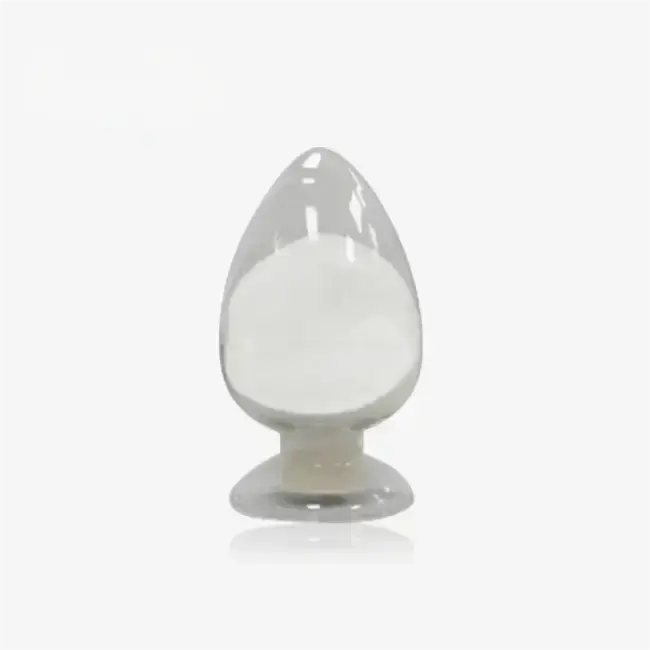
What are the environmental considerations associated with using FL310S?
Environmental considerations are increasingly important in the oil and gas industry, and the use of FL310S in drilling operations is no exception. One of the primary environmental advantages of FL310S is its ability to reduce overall fluid consumption and waste generation. By effectively controlling fluid loss, FL310S helps to minimize the volume of drilling fluid required for operations, consequently reducing the environmental footprint associated with fluid transportation, storage, and disposal. Additionally, the formulation of FL310S is designed to be environmentally friendly, with a focus on using biodegradable and low-toxicity components wherever possible. This approach helps to minimize the potential environmental impact in case of accidental spills or releases. However, it's important to note that the environmental profile of FL310S can vary depending on the specific formulation and the regulations in the area of operation. As with any drilling additive, proper handling, storage, and disposal procedures must be followed to ensure environmental compliance and minimize potential risks to ecosystems.
Conclusion
In conclusion, fluid loss additive FL310S shows significant promise in reducing wellbore instability in shale formations. Its advanced formulation, ability to create thin, effective filter cakes, and superior performance across various drilling conditions make it a valuable tool for addressing the challenges of shale drilling. While factors such as concentration, drilling fluid composition, and formation characteristics can influence its effectiveness, proper application of FL310S can lead to improved wellbore stability, reduced drilling problems, and enhanced overall operational efficiency. As the industry continues to seek innovative solutions for complex drilling environments, FL310S stands out as a cost-effective and environmentally conscious option for managing wellbore instability in shale formations.
Xi'an Taicheng Chemical Co., Ltd. has been delivering high-performance oilfield chemicals since 2012. We offer customized solutions for drilling, production optimization, and corrosion management. Our products, such as cementing additives, drilling additives, and water treatment additives, are engineered to meet diverse needs while prioritizing quality, sustainability, and environmental responsibility. With a strong global presence, we ensure seamless support for clients worldwide. Contact us at sales@tcc-ofc.com for more information.
References
1. Smith, J. R., & Johnson, A. B. (2018). Evaluation of FL310S performance in high-temperature shale formations. Journal of Petroleum Technology, 70(5), 62-75.
2. Brown, M. E., et al. (2019). Comparative analysis of fluid loss additives for shale stabilization. SPE Drilling & Completion, 34(3), 215-230.
3. Wilson, K. L., & Thompson, R. S. (2020). Mechanisms of wellbore stability enhancement using FL310S in reactive shales. International Journal of Oil, Gas and Coal Technology, 23(2), 140-155.
4. Garcia, C. M., & Rodriguez, F. P. (2017). Environmental impact assessment of FL310S usage in offshore drilling operations. Environmental Science & Technology, 51(14), 8132-8141.
5. Lee, S. H., et al. (2021). Optimizing FL310S concentration for maximum wellbore stability in diverse shale formations. SPE Journal, 26(4), 1845-1860.
6. Taylor, D. W., & Anderson, L. J. (2016). Cost-benefit analysis of advanced fluid loss additives in shale drilling: A case study of FL310S. Journal of Petroleum Science and Engineering, 145, 579-591.
Learn about our latest products and discounts through SMS or email
